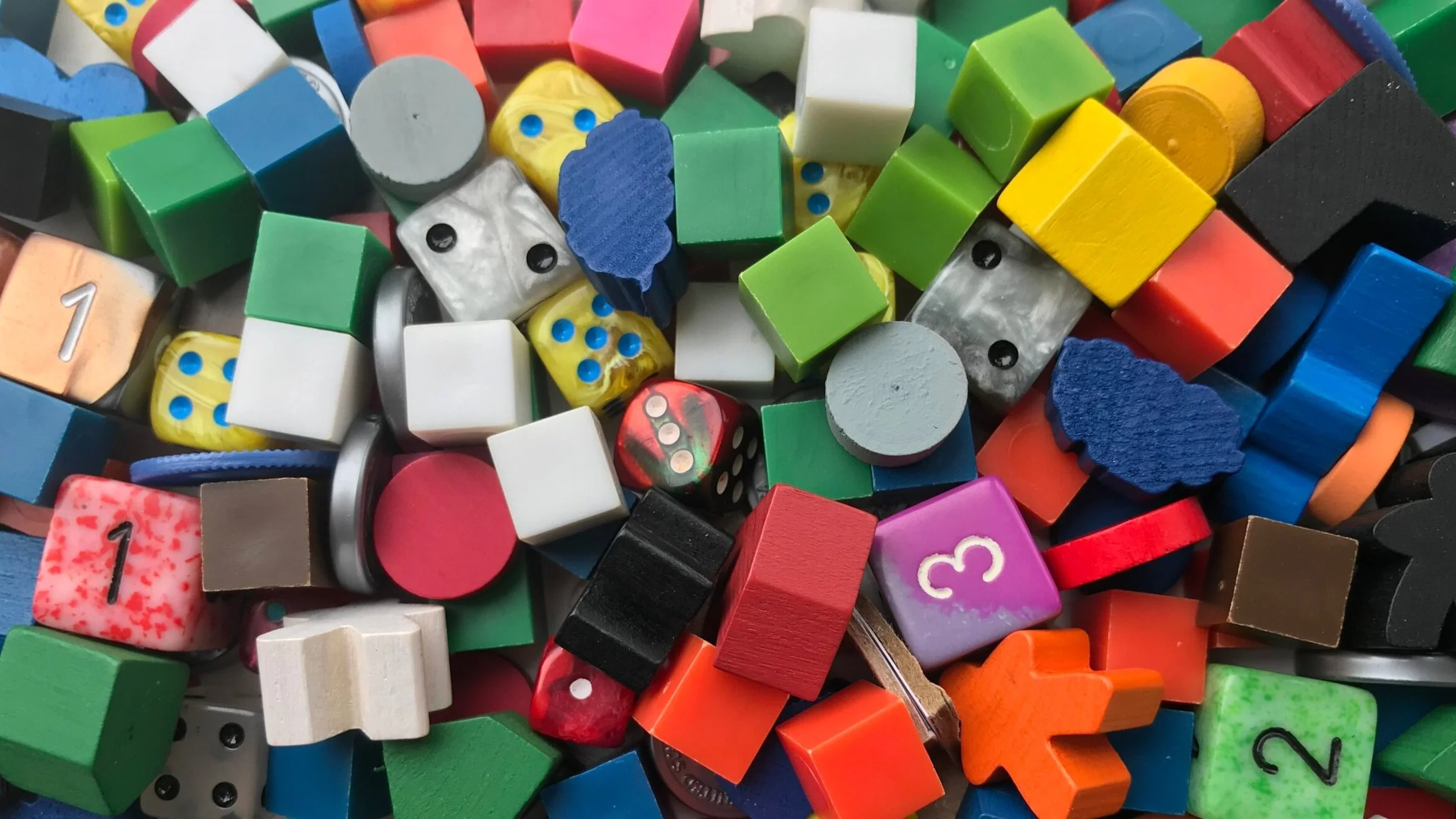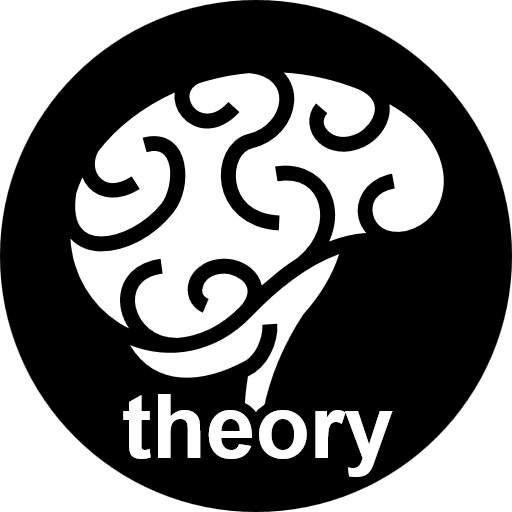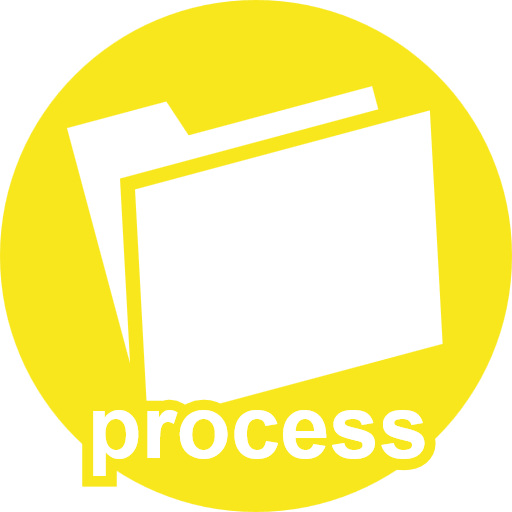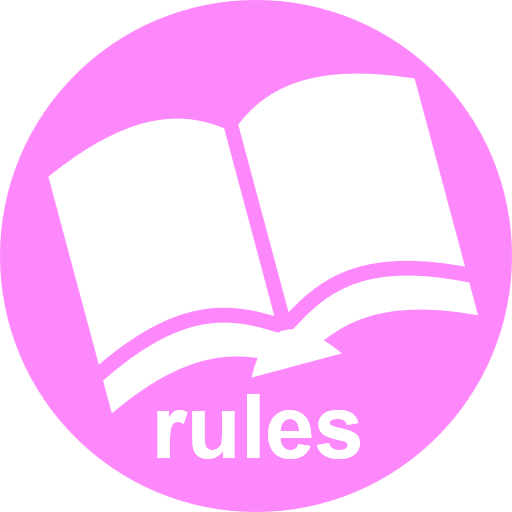Meaningful Decisions: Jason Tagmire on Design Choices in Maximum Throwdown
/In our Meaningful Decisions series, we ask designers about the design choices they made while creating their games, and what lessons other designers can take away from those decisions.
In this edition, we talk with Jason Tagmire, the designer of Maximum Throwdown, about table presence, designing factions, making a game fun even when you lose, and more.
Photo by Scott King, scottking.info
Players play Maximum Throwdown while standing around the table, instead of sitting. When it’s played in public, it always draws a crowd of spectators. Was this an intended effect of having the players stand?
It wasn’t intentional but it became apparent very early on. Some of the earliest playlists were late at night at conventions, and played on big 6-foot round tables. These were practically made for Maximum Throwdown. Players were all at equal distances from the center, and the center was three feet from the edge of the table. I don’t think I’ve experienced a better playing surface for the game.
In a very memorable session at Unpub 3, it was myself, a few recurring playtesters, and Jeff Quick from AEG. This was a particularly rowdy group, and it drew a decent-sized crowd. I feel like the tone of that game, along with the crowd that it drew, had a big impact on it getting picked up by AEG.
What can designers do to get the attention of passers-by and increase their game’s table presence?
Add some height. Card games are often hard to catch someone’s eyes, as they are very flat and two-dimensional. It’s even hard to photograph them and make them look exciting. If there is any way to add height, it will dramatically increase the visual appeal.
Each of the game’s factions plays differently, yet they all share the same set of actions. How did you achieve this variability?
I wanted to have each faction feel unique, but I didn’t want to clog up the game with a lot of icons/abilities. Most of the abilities in the base game are required to keep it moving so I couldn’t pick and choose specific abilities for specific factions. With those issues in mind, I decided to play with the numbers.
Dragons will often hoard their gold, so the dragon faction is all about points. It has more point icons than any other, but has fewer abilities to activate during their turns. Pirates are thieves, so their ability was naturally the steal ability.
Each faction started with the exact same icons and I added and subtracted from there. Very lightly at first, just to keep it as balanced as possible. In the end, each has a larger amount of one specific faction, but not enough that all players will notice the first time around. It’s subtle because of the balancing required, and also because of the base icons needed to propel the game along.
With Maximum Throwdown: Overload, I took a less subtle approach by making six new card abilities. This gave a pool of 12 abilities to choose from, with six basic ones (and three of them being the basic building blocks of the game: Draw, Throw and Points) and six all-new abilities. Each faction had a unique combination of six icons that no other faction had, and each faction played very differently than any other. Balancing these factions within the set, as well as against the previous set, was pretty intense.
How can designers create factions that play differently, aside from the typical approach of adding unique rules for each player?
I’ve been enjoying the Magic: The Gathering approach recently. Each type has a distinct play style that is very different than the next. The combination of those makes for unique, personalized gameplay that may be creature heavy with some deck destruction, or fast and protective. This is much different than giving every player a unique player power as it lets the player craft their own experience.
The card-throwing mechanic creates moments of excitement when a thrown card lands just right, but just as often a poorly thrown card results in laughter. Did you make any changes to the design to emphasize this?
We had some slight additions in the late development process to emphasis this. An example would be the initial base card setup. It’s a selection of cards that are placed in the center of the table and used for the targets for the first cards that are thrown. Cards are required to land on other cards, so we had some fun with the bases. One is a ring of five to six cards with a big open hole in the middle. If the first player throws and lands in the middle of the “ring of death,” then their card is discarded and play passes to the next player. It’s one of those things that happens every now and then and makes for a memorable experience.
Is this unique to dexterity games, that fun results even when a strategy fails? What can designers do to ensure that their game is fun to play even if they don’t win?
Dexterity games are rare in that they are enjoyable to play and also to watch. There’s an unknown element to dexterity games, and it’s often just gravity. It’s neat to see things teeter back and forth and exciting when they do or do not eventually fall down. It often becomes a spectacle simply due to the nature of dexterity games.
I don’t think this is exclusive to dexterity games though. Party games will share some of the same qualities. My most memorable game of Spyfall was when I was a spy and played so terribly that my loss triggered an eruption of laughs from the other players. I was happy to be a part of that, even as a player that lost the round. Storytelling/RPGs also have a way of engaging all of the players.
I think designers can make their games fun for losing players by creating incremental victories. Video games have nailed this through achievement systems. These are small, satisfying goals, that are often visible from the beginning. Leveling up a character in a video game also has that same feeling of accomplishment, especially when it opens up more opportunities. Looking at how video games reward a player is a great place to start.
Players only score at the start of their turn, rather than immediately after throwing a card. Why did you decide to set up scoring this way?
I thought a lot about this early on and I decided that points shouldn’t be awarded for landing a throw. Instead points should be awarded for surviving a round of play. It changed the way players would throw during their turn.
If players scored at the beginning of the turn, players just threw to the closest location. If they scored at the end of the turn, they had the opportunity to disable the points of any upcoming player. It could be the player right after them since they will score next and there are no other players to assist in slowing them down.
What are some ways you’ve discovered to use scoring to achieve more in a design beyond giving players a goal to aim for?
In the end, it’s essentially a goal that players are aiming for, but during the game can mean more than just who wins the game. Immediate effects of scoring can incentivize a player by impacting turn order or by having a direct effect on the amount of resources a player gets during their turn. Having current score double as any other part of the game opens it up into new territory.
Cardboard Edison is supported by our patrons on Patreon.
SENIOR INVENTORS: Steven Cole, John du Bois, Richard Durham, Matthew O’Malley, Isaias Vallejo
JUNIOR INVENTORS: Stephen B Davies, Luis Lara, Behrooz Shahriari, Aidan Short, Jay Treat
ASSOCIATES: Robert Booth, Doug Levandowski, Aaron Lim, Nathan Miller, Marcel Perro
APPRENTICES: Kevin Brusky, Kiva Fecteau, Scott Gottreu, JR Honeycutt, Brad Price, Marcus Ross, Diane Sauer














